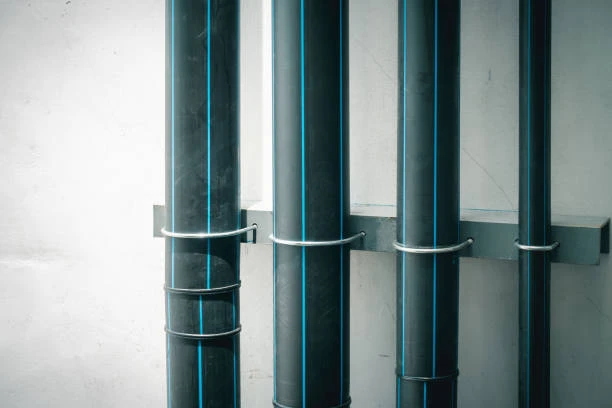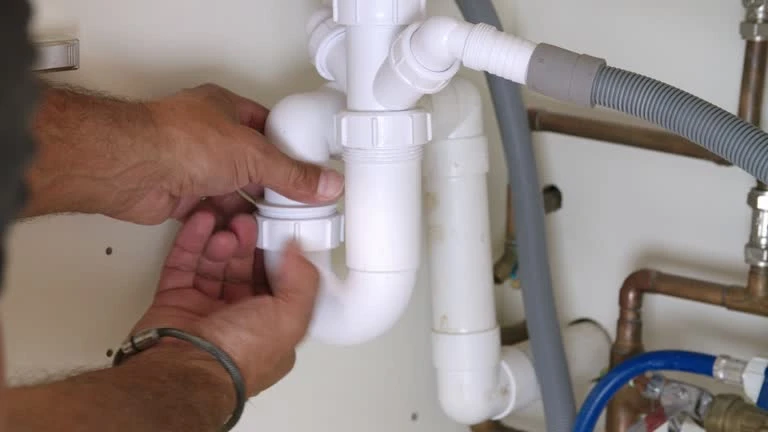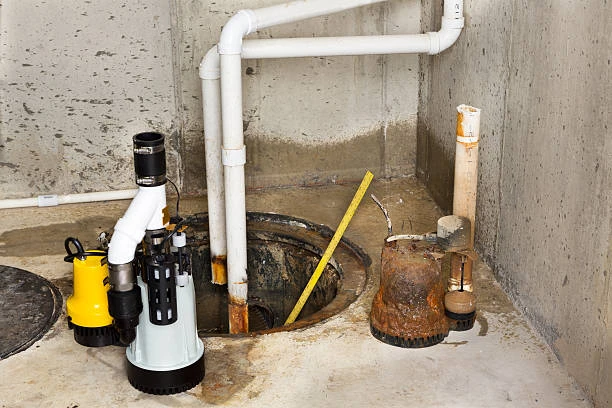1. Introduction
The 2 inch HDPE pipe is a popular size in many industries, known for its balance of flow capacity and ease of handling. High-Density Polyethylene (HDPE) pipes offer outstanding durability, flexibility, and resistance to corrosion, making them a preferred choice for water supply, irrigation, gas distribution, and industrial applications. This article explores everything you need to know about 2 inch HDPE pipes — from specifications and features to common uses, installation tips, and standards.
2. Frequently Asked Questions (FAQ)
1. What is the outer diameter of a 2 inch HDPE pipe?
Typically, the outer diameter (OD) is around 63.5 mm, but it can vary slightly depending on the SDR (Standard Dimension Ratio).
2. What pressure ratings are available for 2 inch HDPE pipes?
Common pressure ratings include PN6, PN10, PN12.5, and PN16, suitable for different applications.
3. Can 2 inch HDPE pipes be used for potable water?
Yes, they are safe for drinking water when certified by relevant standards.
4. How long do 2 inch HDPE pipes last?
With proper installation, they can last over 50 years.
5. How are 2 inch HDPE pipes joined?
They are typically joined by heat fusion or electrofusion welding for strong, leak-free connections.
3. Specifications and Dimensions
A 2 inch HDPE pipe is often specified according to SDR, which defines the pipe’s wall thickness relative to its diameter. Common SDR values for 2 inch pipes include SDR11, SDR17, and SDR21. The lower the SDR, the thicker the pipe wall and the higher the pressure rating.
| SDR | Wall Thickness (mm) | Pressure Rating (PN) | Typical Uses |
|---|---|---|---|
| 11 | 5.8 | PN16 | High-pressure water supply |
| 17 | 3.7 | PN10 | Medium-pressure systems |
| 21 | 3.0 | PN6 | Low-pressure drainage |
4. Features of 2 Inch HDPE Pipe
Durability: Resistant to corrosion, abrasion, and chemicals.
Flexibility: Can bend to accommodate ground movement without damage.
Lightweight: Easier to transport and install compared to metal pipes.
Leak Resistance: Fusion welding ensures seamless joints.
UV Resistance: Black color with carbon black additives protects against sunlight degradation.
Smooth Interior Surface: Reduces friction and maintains high flow efficiency.
5. Common Applications
a. Water Supply and Distribution
Used extensively in residential and commercial potable water systems due to its safety and reliability.
b. Agricultural Irrigation
Ideal for drip irrigation, sprinkler systems, and water transport on farms.
c. Gas Distribution
When manufactured to appropriate standards, 2 inch HDPE pipes are used in low-pressure gas lines.
d. Industrial Uses
Transport of chemicals, compressed air, and process water.
e. Drainage and Sewage
Low-pressure SDR21 pipes are common for drainage and wastewater systems.
6. Installation Tips
Trench Preparation: Use smooth bedding material to protect pipes from sharp objects.
Handling: Avoid dragging pipes on abrasive surfaces.
Joining: Use correct fusion techniques (butt fusion, electrofusion) for strong connections.
Bending Radius: Follow manufacturer guidelines to prevent kinks.
Pressure Testing: Conduct hydrostatic tests after installation.
7. Standards and Certifications
Ensure 2 inch HDPE pipes comply with international standards such as:
ISO 4427 (Water supply)
ASTM D3035 (PE plastic pipe)
EN 12201 (European standard)
NSF/ANSI 61 (Drinking water safety)
GB/T 13663 (China standard)
8. Advantages Compared to Other Pipe Materials
| Feature | 2 Inch HDPE Pipe | PVC Pipe | Steel Pipe |
|---|---|---|---|
| Weight | Lightweight | Moderate | Heavy |
| Corrosion | Excellent | Good | Poor (rust prone) |
| Flexibility | High | Moderate | Low |
| Installation Ease | Easy | Easy | Difficult |
| Lifespan | 50+ years | 30–50 years | 20–50 years |
9. Conclusion
The 2 inch HDPE pipe offers a versatile, durable, and efficient solution for a broad range of fluid transport applications. Its excellent mechanical properties, coupled with cost-effective installation and long service life, make it a smart choice for modern piping needs. Whether for water supply, agriculture, or industrial systems, understanding the specifications and proper installation ensures optimal performance and longevity.
IFAN international standard
HDPE pipes are manufactured in accordance with multiple international standards to ensure quality, durability, and application safety. In the U.S., ASTM D3035 and ASTM D3350 define the dimensional and material requirements for HDPE pressure pipes. ISO 4427 and EN 12201 are widely accepted global and European standards for HDPE pipes in water and wastewater systems. DIN 8074/8075 specify German technical norms, while GB/T 13663 is the standard in China. AS/NZS 4130 applies in Australia and New Zealand, and JIS K6760 covers Japanese quality criteria. BS 6572 outlines standards for HDPE pipes in the UK, and CSA B137.1 regulates their use in Canada. These standards ensure that HDPE piping systems meet essential criteria for pressure resistance, chemical stability, and long-term performance in infrastructure and industrial applications.
Connect
IFAN is a reputable Chinese manufacturer with 30 years of expertise in plastic pipes, fittings, and valves. We specialize in copper fittings, brass valves, and plastic piping solutions that meet a wide range of plumbing needs.
If you want to learn more about our cost-effective valve products and comprehensive piping systems, please contact us. Our professional team will reply within 24 hours to assist with your requirements.
Contact Information:
- For more information,pls visit our webside https://waterpipefitting.com/
Pls Mailto: [email protected]
Whatsapp: +86 15088288323
Feel free to reach out anytime for questions about our products or technical advice.














Recent Comments